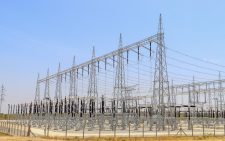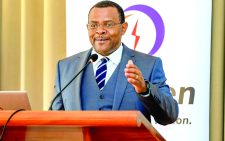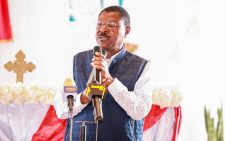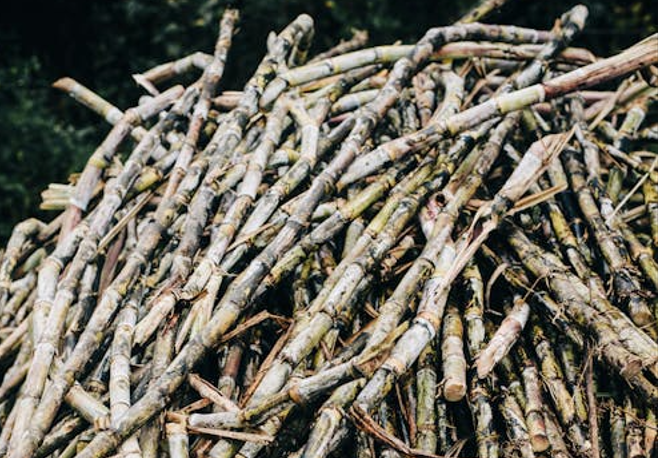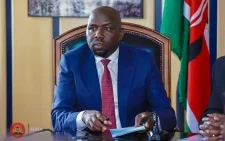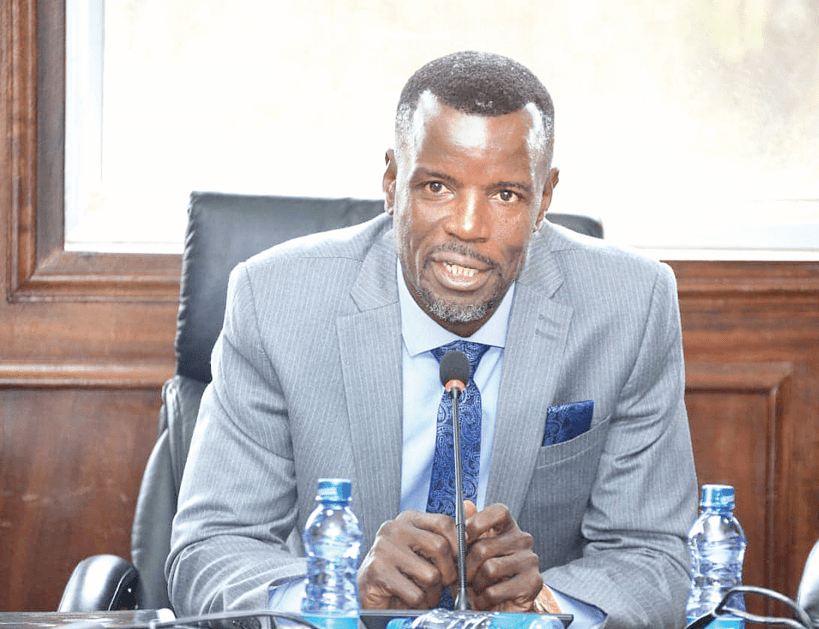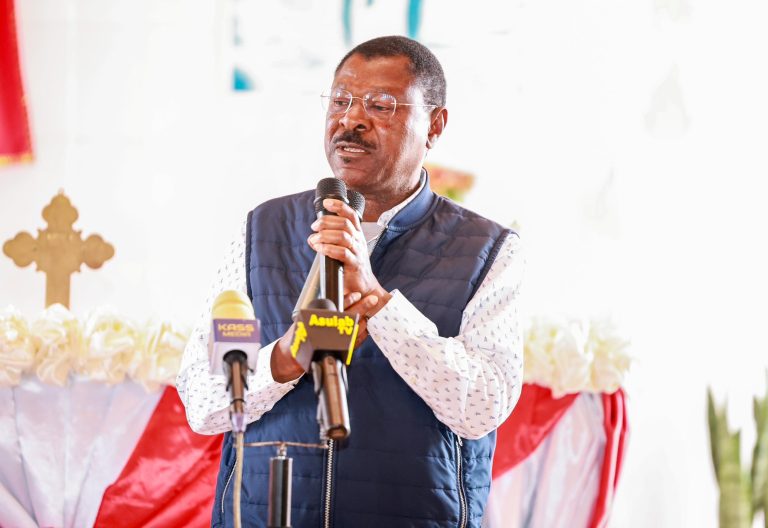Access to electricity grows, but Africa is still in the dark
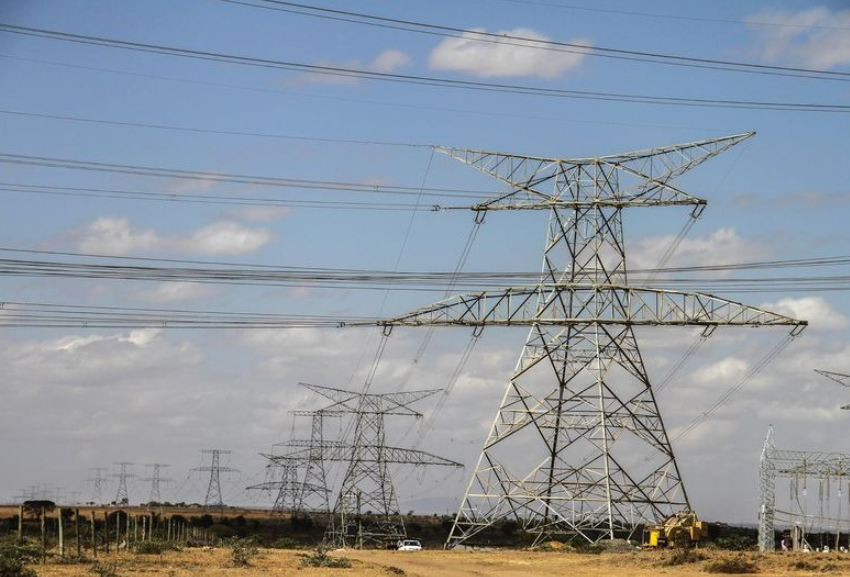
A new report has revealed that almost 92 per cent of the world’s population now has basic access to electricity, but international financial support is still needed to boost progress and address disparities, especially in Africa.
Notable progress was made in different indicators highlighted in the report, focusing on the United Nations Sustainable Development Goal (SDG) number 7 of ensuring access to affordable, reliable, sustainable, and modern energy for all.
The goal includes increasing the share of renewable energy, improving energy efficiency, and expanding access to electricity and clean cooking solutions.
Tracking SDG7: The Energy Progress Report 2025 says the international financial flows to developing countries in support of clean energy grew for the third year in a row to reach $21.6 billion in 2023.
Installed renewables capacity per capita increased year-on-year to reach a new high of 341 watts per capita in developing countries, up from 155 watts in 2015.
Yet regional disparities persist, indicating that particular support is needed for developing regions.
Financial support
The report, released two weeks ago, urges scaled-up, tailored financial support for decentralised renewable energy to reach 666 million people in rural and vulnerable areas in developing countries, most of them in sub-Saharan Africa.
In Africa – which lags behind across most indicators – renewables deployment has rapidly expanded but remains limited to 40 watts of installed capacity per capita on average, which is only one-eighth of the average of other developing countries.
About 85 per cent of the global population without electricity access lives in Africa, while four in five families have no access to clean cooking.
The number of people without clean cooking access continues to grow at a rate of 14 million people yearly.
Tracking SDG7: The Energy Progress Report 2025 was published by the International Energy Agency (IEA), the International Renewable Energy Agency (IRENA), the United Nations Statistics Division, the World Bank, and the World Health Organisation (WHO).
The report will be presented to decision-makers on 16 July at the UN’s High-Level Political Forum on Sustainable Development in New York, which oversees progress on the SDGs.
Although the report finds that almost 92 per cent of the world’s population now has basic access to electricity, an improvement since 2022, which saw the number of people without basic access decrease for the first time in a decade, 666 million people remain without access.
The current rate is insufficient to reach universal access by 2030.
Clean cooking access is progressing but below the rates of progress seen in the 2010s, as efforts remain hobbled by setbacks during the COVID-19 pandemic, following energy price shocks, and debt crises.
“Despite progress in some parts of the world, the expansion of electricity and clean cooking access remains disappointingly slow, especially in Africa,” International Energy Agency Executive Director Fatih Birol noted.
“This is contributing to millions of premature deaths each year linked to smoke inhalation, and is holding back development and education opportunities. Greater investment in clean cooking and electricity supply is urgently required, including support to reduce the cost of capital for projects.”
“As we approach the five-year mark to achieve the SDG7 targets, it is imperative to accelerate the deployment of electricity connections, especially in Africa, where 85 per cent of the 666 million people lacking access reside,” said World Bank Vice President for Infrastructure Guangzhe Chen.
“As part of the Mission 300 movement, 12 African nations have launched national energy compacts, committing to substantial reforms to lower costs of generation and transmission, and scale up distributed renewable energy solutions”.
The report highlights the role of distributed renewable energy (a combination of mini-grid and off-grid solar systems) to accelerate access, since the population remaining unconnected lives mostly in remote, lower-income, and fragile areas.
Cost-effective and rapidly scalable, decentralised solutions can reach communities in such rural areas. Decentralised solutions are also needed to increase access to clean cooking.
With an estimated 1.5 billion people residing in rural areas still lacking access to clean cooking, the use of off-grid clean technologies, such as household biogas plants and mini-grids that facilitate electric cooking, can provide solutions that reduce health impacts caused by household air pollution.
Over 2 billion people remain dependent on polluting and hazardous fuels such as firewood and charcoal for their cooking needs.
“The same pollutants that are poisoning our planet are also poisoning people, contributing to millions of deaths each year from cardiovascular and respiratory diseases, particularly among the most vulnerable, including women and children,” said WHO Director-General Dr Tedros Adhanom Ghebreyesus.
“We urgently need scaled-up action and investment in clean cooking solutions to protect the health of both people and planet—now and in the future.”
The report identified the lack of sufficient and affordable financing as a key reason for regional inequalities and slow progress.
To build on the achievements and avoid any further regressions on access to electricity and clean cooking due to looming risks in global markets, it calls for strengthened international cooperation between the public and private sectors to scale up financial support for developing countries, especially in Africa.
Urgent actions
Urgent actions include reforms in multilateral and bilateral lending to expand the availability of public capital, more concessional finance mobilisation, grants, and risk mitigation instruments, improvement in risk tolerance among donors and appropriate national energy planning and regulations.
Among the report’s key findings were that almost 92 per cent of the world’s population now has access to electricity, leaving over 666 million people without electricity in 2023, with around 310 million people gaining access since 2015.
Out of the 20 countries with the largest electricity access deficits in 2023, 18 were in Africa. The greatest growth in access between 2020 and 2023 occurred in Central and Southern Asia.
Although the number of the world’s population with access to clean cooking fuels and technologies increased from 64 per cent in 2015 to 74 per cent in 2023, around 2.1 billion people remain dependent on polluting fuels and technologies. If current trends continue, only 78 per cent of the global population will have access to clean cooking by 2030.
In 2022, the global share of renewable energy sources in total final energy consumption (TFEC) was 17.9 per cent, increasing gradually, while installed renewable energy capacity reached 478 watts per capita in 2023, an almost 13 per cent growth from 2022.
But progress is not sufficient to meet the international climate and the SDGs. Global efforts must address significant disparities.
Despite progress in expanding renewable capacity, least developed countries and Africa had only 40 watts per capita in installed renewables capacity, compared to developed countries with over 1,100 watts installed.
International public financial flows to developing countries in support of clean energy increased by 27 per cent from 2022, reaching $21.6 billion in 2023.
However, the report reveals that the developing world received fewer flows in 2023 than in 2016, when commitments peaked at $28.4 billion.
Despite gradual diversification, funding remained concentrated, with only two African countries in the top five recipients. Debt-based instruments drove most of the increase in international public flows in 2023, accounting for 83 per cent 2023, while grants made up only 9.8 per cent of flows.

